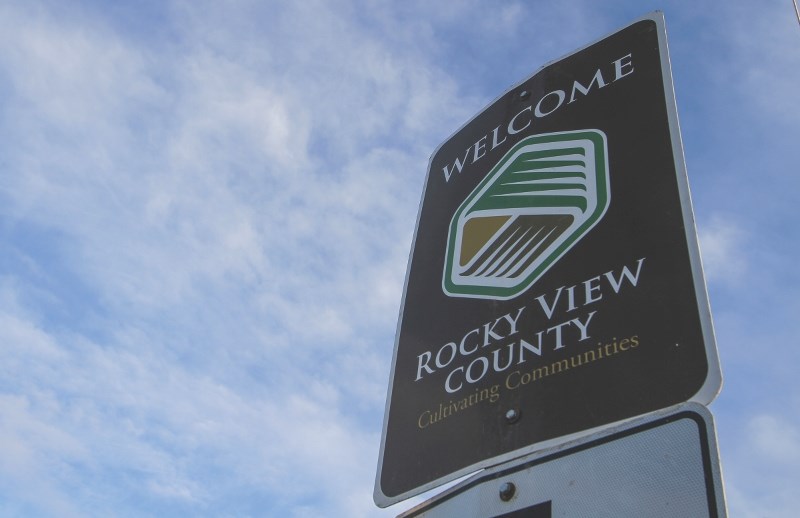Rocky View County (RVC) Utility Services has seen an 82 per cent increase in connections between 2015 and 2022, and has experienced a 51 per cent increase in customers over that same time period, according to a Utility Services report released to RVC council at its Jan. 31 Governance Committee meeting.
The rise in connections has put additional financial pressure on RVC to meet these infrastructure needs, said RVC manager of Utility Services Jennifer Koole, but has also led to some new opportunities to support council’s strategic objectives for economic growth within the county.
“We have been in a rapid growth situation over the last couple of years with the acquisition of the two new systems, and that has allowed us to increase both our customer base and our number of connections,” she said. “We have almost a doubling of the number of connections in the last couple of years.”
From having almost none of its own water infrastructure in 2000, and heavily relying on local water co-ops to meet residential need, Koole said the County now has four water treatment plants, three wastewater treatment plants, three wastewater collection systems, and a linear network that encompasses 466 kilometres of piping for potable water distribution, 281 kilometres for wastewater collection, and 78 kilometres for stormwater collection.
This means RVC now has $140 million in water assets and $178 million in wastewater assets.
“The infrastructure required to provide water and wastewater services is expensive,” acknowledged Koole. “Putting pipes in the ground is quite expensive work as well. Of course, those services are essential for life, so it is a good investment.”
While there has been a massive increase in connections and customers over the last six years, Koole said the County is keeping up with demand, at least for the moment.
“We have enough capacity in the system to deal with all the current development in the area and all the approved development in the area,” she confirmed. “We are doing investigative research to determine what any new development might do to that capacity.”
According to the report presented to the RVC Governance Committee on Jan. 31, the biggest complaints Utility Services staff hear from residents are not to do with those who have connections to the County’s water system, but from those who haven’t.
Koole pointed to the Prince of Peace and Cambridge communities on the east side of the county, who only received County water last year, as an example. And there are still hamlets, such as Dalroy in the east, for example, that still need to have water trucked in to supply their drinking water.
There are others supplied by water co-ops that have aging infrastructure and are experiencing challenges associated with toughening Alberta Environment regulations for water treatment and quality. In order to deal with continuing growth, and to meet challenges such as these going forward, Koole explained it would take careful planning on RVC’s part and a strong strategic focus from council.
“I think our take-home message was that this is complicated and complex,” she stated. “There’s not just one right answer, or one right answer for right now. Because of our changing utility landscape, with growing customers and growing facilities, that now is a good time to re-look at some of these strategies and directions (from council) we have had in the past.”


